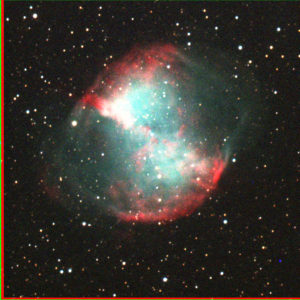VILSCALING
Concept of Scaling. A Scale model of the Earth-Moon system. Concept of ratio.
DRAFT 21 November 2018
Materials: Dolls and toy cars of different scales. Play dough for each student. Strips of stiff paper pre-cut to the same length. String and scissors. Ruler for every two students. Calculator for every several students.
What is scaling?
Use dolls and toy cars of different scales, and then pass them around. Does a particular doll fit into a particular chair? Why or why not? How do we describe the fact that the chair or car is the wrong size for the doll to sit properly? What would we have to do to the chair or car to make it the right size? If we wanted to plan to make a set of furniture and cars for a doll, how would we plan to make the them the “right” size?
Let us say that we want to make a doll and car that fit each other. We measure a regular size person, and a regular size chair. The person is 160 cm tall, and the chair is 80 cm tall. We decide to make the doll 16 cm tall, which is 160 cm divided by 10. How tall do we make the chair?Because we divided the height of the person by 10, we also need to divide the height of the chair by 10. The big chair is 80 cm tall, so 80 divided by 10 is 8 cm. If we make the toy chair 8 cm tall, it will FIT the 16 cm doll. We say that the doll and the toy chair are on the SAME SCALE.
Because we took the regular sizes and divided by 10, we say that we have used a “scale of 1 to 10”. This means that everything in our model (our toys) are the regular size divided by 10.
Earth-Moon system
Discuss: What is a planet? What is a moon? What is an orbit?
Playdough model: Each student will make 50 small balls of playdough that are all the same size. This takes a while. After they are finished, they each take 49 of the balls and squash them together into one big ball. Each student now has two balls of playdough, a big and little. The big ball represents the Earth, the little ball represents the Moon. They are on the same scale.
Concept of Ratio
Take two long, narrow strips of paper that have are the same length. Fold one of them in half, and cut along the fold. The long piece is now TWICE as long as the short piece. The ratio of the long piece to the short piece is TWO. We can also say that the ratio of the short piece to the long piece is one divided by two, or one half. [Doing more examples here would be useful; find other pairs of objects where one is twice as long as the other.]
If you take the short piece and fold it in half again, and cut that piece in half, the long piece is now four times as long as the shortest piece. The ratio of their lengths is FOUR. We can also say that the ratio of the shortest piece to the longest piece is one divided by four, or one fourth.
Use a string to measure one time around the middle of your big playdough ball. The distance around the middle is called the circumference. Use a ruler to measure the length. Now use the string to measure around the middle of one of your little playdough balls. Use a ruler to measure the length.
Now calculate the RATIO of the circumference of the big ball to the circumference of the little ball? Take the length of the big number and divide by the small number. The ratio should be APPROXIMATELY 4. This is the true ratio of the size of the Earth to the size of the Moon.
To finish our scale model of the Earth-Moon system, how far apart should the Earth and Moon be? Rather than giving the answer in kilometers, which would be a very big number, again it is easier to express this in terms of a ratio. The distance between the Earth and the Moon (this is the size of the Moon’s orbit around the Earth) is approximately 10 times the circumference of the Earth, or a ratio of 10.
Once again, use your string to measure the circumference of the big ball. Next, multiply by 10 to get the string distance between your two balls. Measure and cut this much string.
Now put your big (Earth) ball and your little (Moon) ball on the table, separated by the length of the string. (Actually, the string goes from the MIDDLE of the Earth to the MIDDLE of the Moon.) You now have a scale model of the Earth-Moon system!
EXTENSION, IF TIME: What is the plane of an orbit? If you keep the Earth still on the table, you can move the Moon in a circle around the Earth. Keep both of them on the table. Use the string to keep the Moon at the same distance from the Earth as it goes around in a circle. The table now represents the plane of the Earth’s orbit.
